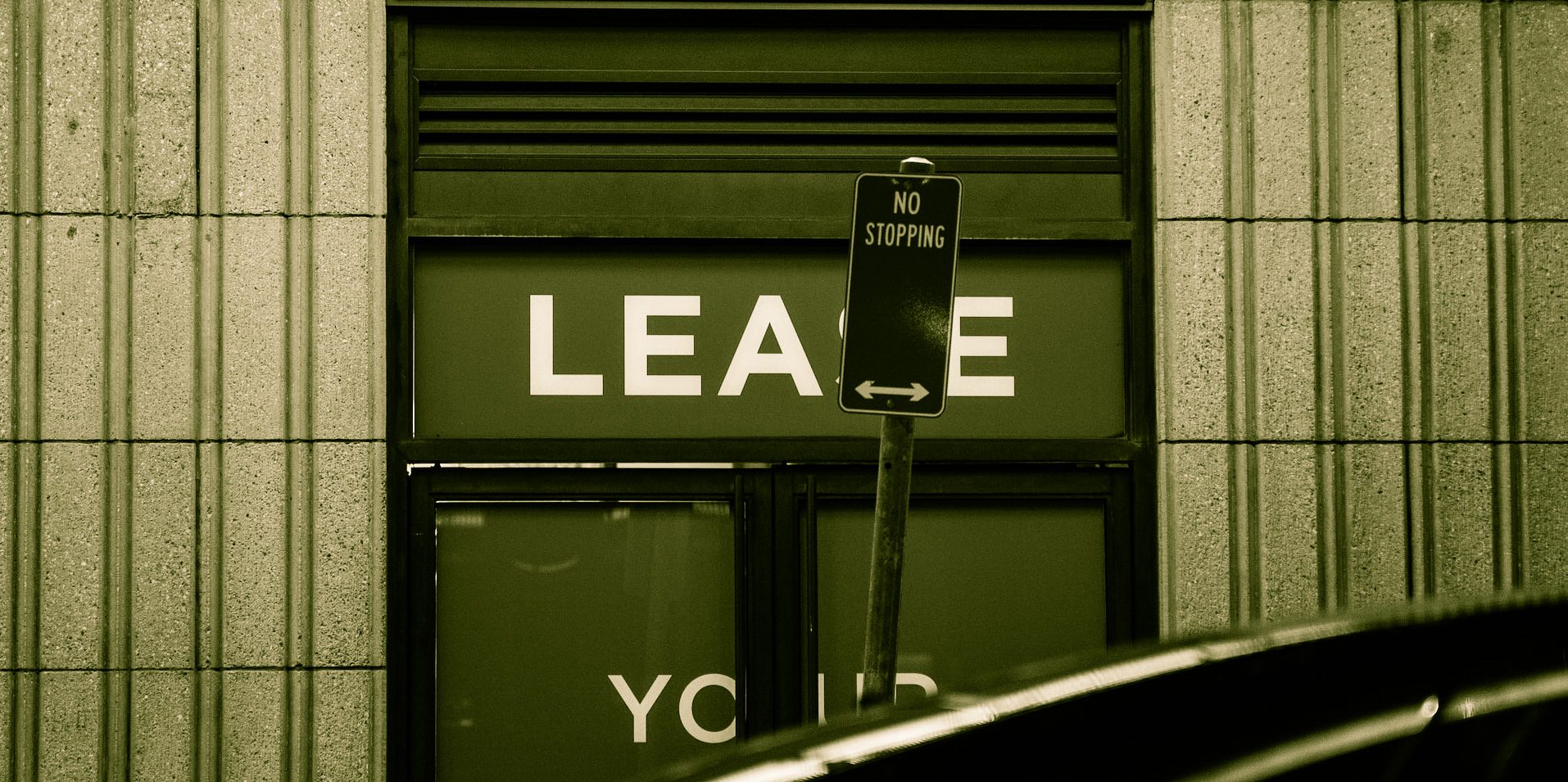View by Topic
Recent Articles
-
Congress Blocks California’s Gasoline Car BanSaturday, May 31st, 2025
-
EPA Will Keep Current Limits for “Forever Chemicals” in Drinking WaterSaturday, May 24th, 2025
-
Court Indefinitely Pauses SEC Climate Rule LitigationSaturday, May 17th, 2025
-
Maryland is About to Regulate Mold But is the Cart Before the HorseSaturday, May 10th, 2025
View by Month/Year
“Green Building Law Update” Headlines
Recent Articles & News from
Stuart Kaplow’s blog
at GreenBuildingLawUpdate.com
- Congress Blocks California’s Gasoline Car Ban: A Legal and Policy Analysis June 1, 2025
- EPA Will Keep Current Limits for “Forever Chemicals” in Drinking Water May 25, 2025
- Court Indefinitely Pauses SEC Climate Rule Litigation May 18, 2025
- Maryland is About to Regulate Mold: But is the Cart Before the Horse? May 11, 2025
Subscribe to the Green Building Law Update!
Stuart Kaplow brings his expertise and extensive experience to the table with his unique digital publication, "Green Building Law Update". Subscribers receive regular updates to keep them informed about important issues surrounding Environmental Law, Green Building & Real Estate Law, as well as the emerging demand for Environmental Social Governance (ESG).
Get fresh content through the lense of Stuart Kaplow's cutting-edge expertise, innovative commentary and insider perspective. Don't miss another issue! Subscribe below.

Does Your Lease Need Greenhouse Gas Provisions?
Yes. It would be one thing if this topic was only prospective, about leases to be entered into in the future, but the reality is there are very large numbers of existing leases including with renewal terms that are for premises that will be regulated by emergent greenhouse gas emission disclosure and reduction statutes, rules, and regulations.
Just as there is no one homogeneous building type, this topic has implications that vary from place to place, but in jurisdictions from Maryland to California, New York City to Denver, and Seattle to Washington, DC, building energy performance standards that are driving reductions in GHG emissions have already been enacted. And that state and local government activity targeting building owners lies beneath the surface of national ESG mandates aimed at the businesses that are tenants which new laws are in many instances GHG emission disclosure heavy.
A lease is the most common real estate transaction in America. And lest there be any question many, if not most of these issues apply not only in commercial leases but also in multifamily residential leases.
Buildings are the sweet spot for GHG emission reductions because buildings generate nearly 40% of annual GHG emissions in the U.S.
To aid in your review of this broad ranging subject, this blog post will consider leases in Maryland.
The aim of this post, about how to repair the planet through leasing, is to set the stage for new ideas:
Review leases. As a starting point, every existing lease should now be reviewed in light of matters of GHG emissions (a subject that may not have even been conceived of when the document was written). Landlords and tenants should carefully consider any existing provision about whose obligation it is to comply with laws and government requirements related to leased premises or the building (e.g., in the past such a provision may have had implications for ADA compliance or retrofitting for sprinklers), and while such a provision may have a dramatic impact on this subject, it is just the starting place.
Share data. As a threshold edit, nearly all existing leases will have to be modified and new leases drafted to include sharing GHG emission data. Of note, Maryland law was amended last year by SB 528 and now provides,
“ELECTRIC COMPANIES AND GAS COMPANIES SHALL PROVIDE ENERGY DATA, INCLUDING WHOLE BUILDING AND AGGREGATE DATA, TO THE OWNERS OF COVERED BUILDINGS FOR BENCHMARKING PURPOSES.”
But that information is not enough for building owners to comply with the State’s mandatory GHG emission disclosure and reduction. An owner will need more and additional information (census of employees, number of computer screens, etc.) directly from the tenant for the owner to be able to calculate GHG emissions and report them to the government as required, beginning in Maryland in 2025. And that provision does not even attempt to address that many tenants, including public companies, federal government contractors, and more each need GHG emission data from their landlords so that they can report it as part of the required ESG disclosures.
New defined terms. In jurisdictions where there are mandates for reductions in GHG emissions (.. a step beyond mere disclosures), it is key that leases now include as a defined term the Building Energy Performance Standards to be applied, including if created by statute or code or by the contract that is the written lease agreement.
Borrowing a concept that has been widely utilized in Europe but not in the U.S., if the tenant is going to have an “energy consumption limit” that must obviously be expressed in the lease. In some instances this will also include a “plug load standard” and if that is the case, the term must also be defined. This is not necessarily the concern it had been in the past about who is paying for the power, but now the entire building will be on an energy diet to meet GHG emission limits.
In many instances the work of reducing GHG emissions will include the “retro-commissioning” of the building and that term must also be defined, including what will be recommissioned (i.e., HVAC, lighting, plug loads, .. but, will it include the roof, windows, etc.), and to what standard, like the appropriate LEED enhanced credit or ASHRAE or the like?
A lease should ideally provide for submetering of the tenant leased premises (and that may not be so easy with existing building utility systems). Electronic submetering software that provides simulated consumption data may have to be substituted for the real thing, but submetering is often regulated by public service commissions and the like. The goal is that the tenant’s consumption of electrical energy is measured (by meters capable of reading demand and KW hours to measure the demand and consumption of electric energy), in an existing building often installed by the landlord at the leased premises at the tenant’s cost and expense.
The definition of operating expenses might now include not only the actual costs of retro-commissioning but also costs to meet the Building Energy Performance Standards, including, but not limited to a prorata share of the costs to undertake the whole building retro-commissioning. And maybe that definition of operating expenses should also include capital expenditures made to comply with Building Energy Performance Standards, providing for some period of amortization of the work (over the lease term or some other reasonable period of time). The tenant should be required to participate in retro-commissioning including providing the necessary occupant data and other information.
Going forward, a lease must include requirements that initial tenant improvements (i.e., build-out) to the leased premises and any subsequent renovation must comply with the Building Energy Performance Standards and not increase the tenant’s utility usage. Such might include design criteria, landlord’s approval of plans and scope of work, etc.
Incentives. Incentives to tenants may be key to rebalancing the traditional landlord tenant equities. Borrowing from an idea we have seen in some Canadian leases a landlord could pay a tenant a “GHG reduction bonus” equal to __ % upon completion of tenant improvements, based upon an energy model, which GHG reduction bonus could be amortized over the term of the lease payable to Tenant as a credit against monthly rent.
As another incentive, a tenant can be the beneficiary of and receive any available government incentives including tax credits (e.g., the 179D tax deduction) thru assignments of those incentives and other creative drafting in the lease.
If the landlord has installed an onsite renewable energy system at the building that can be used to supply electricity to the building, the tenant should be required by the lease to purchase electricity from that onsite renewable directly from the landlord. The landlord should be required to sell power directly to the tenant at a rate that is at or below the electricity rate offered by local public utilities. And maybe this includes as another incentive, if the landlord participates in a Power Purchase Agreement (PPA) for the building, the tenant is given the opportunity to participate in the PPA.
Penalties. A provision must now be inserted making clear that the tenant is responsible for the payment of the penalties or excess emissions charges, alternative compliance fees, or the like, incurred by the landlord under the applicable Building Energy Performance Standards law like the Maryland Climate Solutions Now Act of 2022 (or in New York, Local Law 97), not just for a failure to report but also attributable to tenant’s consumption of energy or GHG emissions in excess of the energy consumption limit provided in the lease which tenant action could cause the entire building to be out of compliance. Such is made somewhat complicated to negotiate in that it should take into consideration any and all credits and alternative compliance fees with respect to the limit obtained by the landlord if the cost of the credit is included in operating expenses.
On the other hand, the landlord should be solely responsible for any portion of any penalties or charges levied upon the building under such law due to the failure of the landlord to timely meet reporting obligations under the relevant law, the consumption of utilities by any other tenant of the building, or the landlord’s failure to properly operate and maintain the building.
It is time to act. While drafting a lease with GHG emission specific provisions is an art in its infancy, these risks and opportunities are not new and in point of fact in 2009 I published a law review article, Does a Green Building Need a Green Lease, which while dated, identifies most of the same risks and opportunities.
This blog post is not intended to be a comprehensive exposition on the subject, including that while many of these same considerations exist in multifamily residential leasing, time and space limit what can be said here except to note that there are opportunities for proactive property management. Our goal here is modestly to assist you in participating in the big hairy audacious goal of disclosing and reducing GHG emissions in real estate.
Today, as a threshold matter leases in Maryland need to be modified, beginning immediately, to at a minimum provide shared data and other information so that building owners can comply with 2025 State GHG emission reporting requirements and tenants can satisfy current and evolving ESG disclosures.
So yes, your lease does need GHG emission specific provisions both to comply with new laws and to repair the planet. It’s time to act. We would be pleased to speak with you about your lease and all things GHG emission reductions.
Live webinar “Does Your Lease Address New GHG Laws?” 30 talking points in 30 minutes, Tues, Jan. 24 at 9 am EST presented by Stuart Kaplow and Nancy Hudes on behalf of ESG Legal Solutions, LLC. Complimentary, but you must register here.









